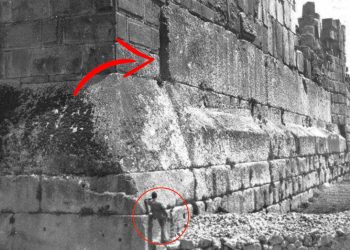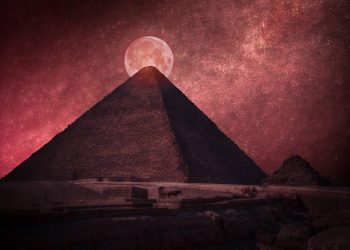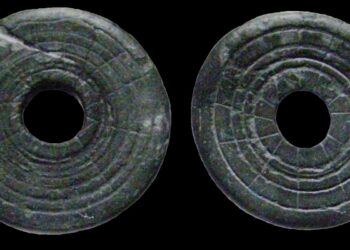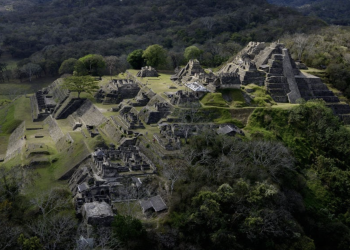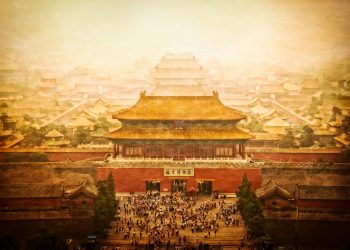The Great Pyramid of Giza is one of the most remarkable ancient structures ever built by the hands of man. Around 4,500 years ago—according to Egyptologists—a King of the Fourth Dynasty ordered what would become the most impressive structure on the planet’s surface: a perfect, smooth-sided pyramid so massive it remained the tallest man-made structure on the surface of the planet for the next 3,800 years.
Behemoth monument
Unique, accurate, and with a supernatural feel, the Great Pyramid of Giza is an authentic ancient spectacle that has ignited our imagination since time immemorial. Depending on who you ask, people love the Great Pyramid for more reasons than one. One would say its sheer size is worthy of astonishment, while another would say that its history is alone enough for admiration. Some, like myself, admire all of the above but are swept away by the countless mysteries the Great Pyramid still seems to safeguard.
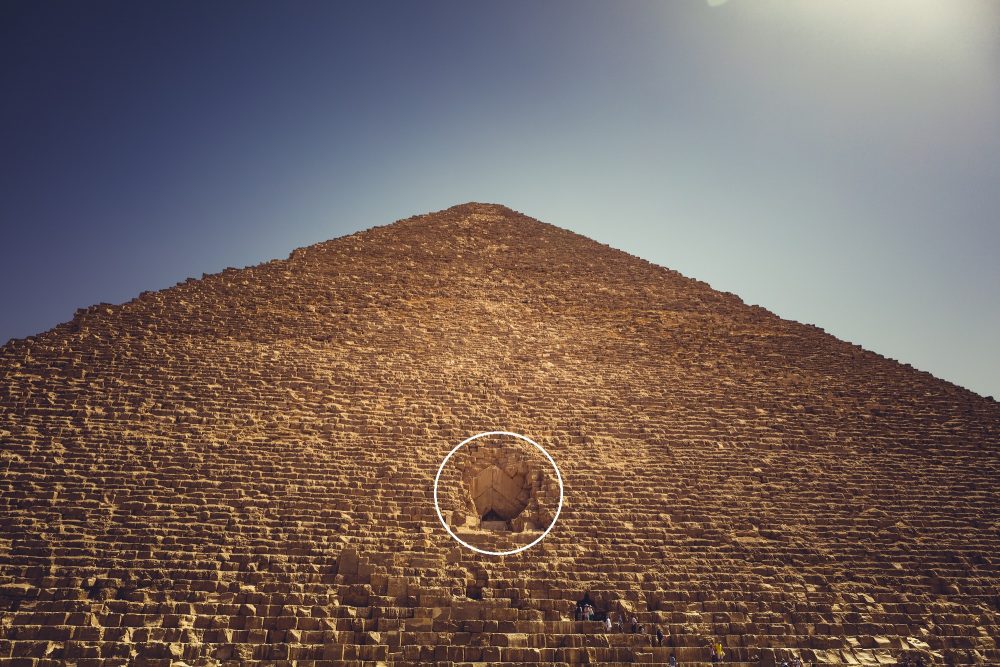
Questions that remain unanswered
Although we have explored, surveyed, and excavated the structure and its nearby surroundings, countless questions are remaining unanswered. Although it is thought that the Great Pyramid was built around 4,500 years ago during the Fourth Dynasty, we have still not found a single ancient text that tells us specifically what we want to know: when the Great Pyramid of Giza was built, how they built it, and what its exact purpose was. Was it really a tomb? Not according to this poll tells us that many people think the pyramids of Egypt were everything other than tombs.
Granted, there are ancient papyri dubbed the Journal of Merer that reference the pyramid and the Fourth Dynasty and how limestone blocks were transported from Tura to Giza, but just as the stones may have been used for its construction. They may have been used for resetting some of its blocks or for restoration. This isn’t actually alien to the ancient Egyptian culture, as they’ve restored many ancient monuments with care.
What if its older?
Take, for example, the Great Sphinx at Giza. The statue is thought to have been carved during the Fourth Dynasty reign of Khafre. This means that this monument was already ancient for Pharaohs such as Tutankhamun or Ramesses the Great. Ramesses was one of the kings that took care of the ancient statue and restored it around 3,500 years ago.
Therefore, it isn’t that surprising to think of the possibility that the Great Pyramid of Giza was restored and could predate the fourth Dynasty reign. I know this isn’t so according to mainstream Egyptologists, but it is still a worthy possibility. Take the Great Sphinx as an example one more time. Sir Flinders Petrie wrote in 1883 about the Great Sphinx and its nearby temples. He explained: “The date of the Granite Temple [Valley Temple] has been so positively asserted to be earlier than the fourth dynasty that it may seem rash to dispute the point.”
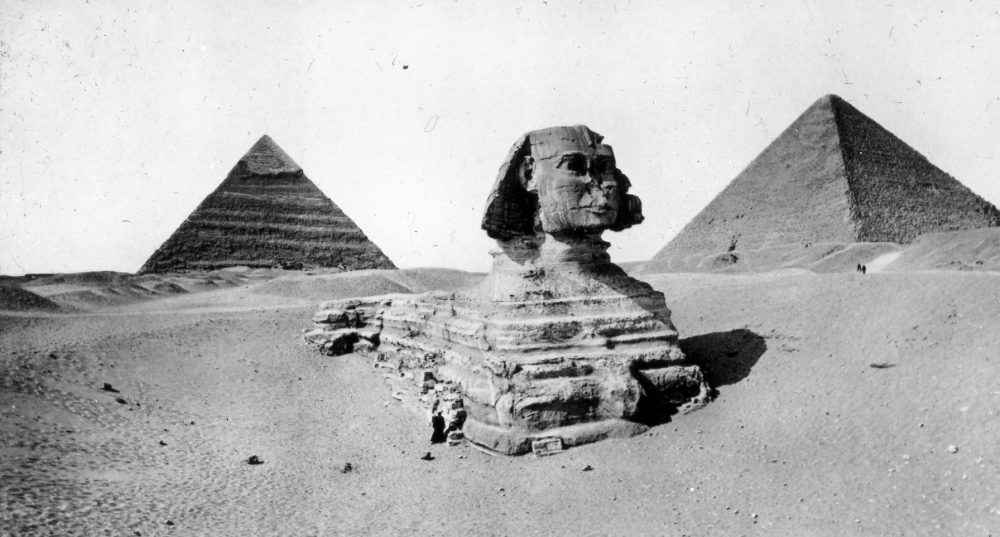
The riddle of the Sphinx
Egyptologist E. A. Wallis Budge agreed that the Sphinx predated Khafre’s reign, writing in The Gods of the Egyptians (1914): “This marvelous object [the Great Sphinx] was in existence in the days of Khafre, or Khephren, and it is probable that it is a very great deal older than his reign and that it dates from the end of the archaic period [ circa 2686 BC].
Gaston Maspero, a prominent Egyptologist and the second director of the Egyptian Museum in Cairo, studied the Great Sphinx and its surrounding monuments in 1886. Maspero believed the Sphinx was “the most ancient monument in Egypt.”
So, if many of the most prominent Egyptologists and archaeologists of the 19th and 20th centuries argued the Sphinx was a monument carved long before the Fourth Dynasty, then, of course, there is a possibility that all three pyramids predate currently set forth timelines, contradicting conventional Egyptian chronology.
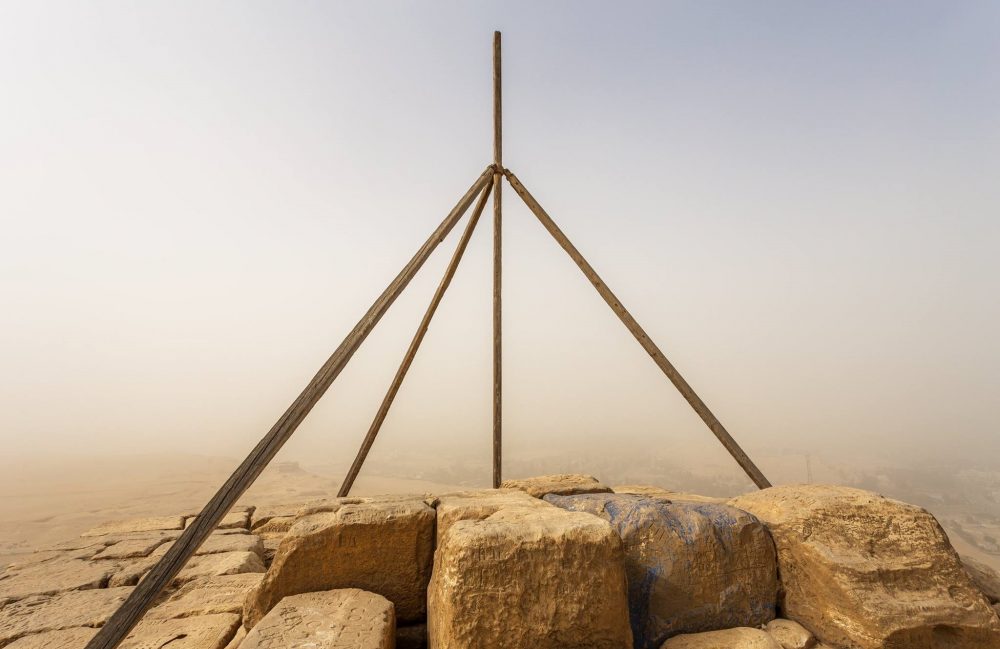
Eight-Sided
It is the only eight-sided pyramid (confirmed) and one of the most precisely aligned on the planet’s surface. With a total volume of 2,583,283 cubic meters (91,227,778 cu ft), it is the largest of the Egyptian pyramid but not the largest in the world.
The largest Pyramid
The largest pyramid known to mankind was built in present-day Mexico, in Cholula. There, a pyramid with nearly two times the volume of the Great Pyramid of Giza stands buried beneath a hill, atop which the Spanish Conquistadores built a church. It is known as the Great Pyramid of Cholula, with an estimated total volume of 4.45 million cubic meters.
Although the Great Pyramid may not be the largest on Earth, it is the most impressive in terms of workmanship, engineering, and difficulty. Archeological surveys of the pyramid reveal that the pyramid is made out of approximately 2.3 million stone blocks.
A lot of stone
Archaeological estimates suggest 5.5 million tons of limestone, 8,000 tons of granite (imported from Aswan), and 500,000 tons of mortar were used. The quarries of Aswan are found more than 800 kilometers (to the south) from the construction site, which means that some of the most massive stones used in the construction of the pyramid were brought to Giza—by means, we are still unsure of—from distant quarries located hundreds of kilometers away.
How was it done?
How this was done is still disputed, although the ancient Egyptians are thought to have used either wooden rollers, sleds, or massive transport whips that allowed moving the blocks via the Nile River to Giza. How the stones were raised to such great heights is another mystery, although according to Herodotus, a sort of wooden machine may have been developed and used by the Egyptians to move the stones up and down the pyramid. One of the most impressive videos is this 360-degree video of the pyramid’s interior:
Inside the Great Pyramid
Although the pyramid’s exterior is sensational, its core and inside are even so. The Great Pyramid of Giza is the only pyramid with ascending and descending passages. There are currently four known chambers inside the pyramid; the Queen’s Chamber, the King’s Chamber, the Subterranean, unfinished Chamber, and the Big Void, a cavity within the pyramid that remains unexplored, identified by the ScanPyramids project using muon radiography. The extraordinary Grand Gallery also leads toward the King’s chamber and the massive granite sarcophagus.
PLEASE READ: Have something to add? Visit Curiosmos on Facebook. Join the discussion in our mobile Telegram group. Also, follow us on Google News. Interesting in history, mysteries, and more? Visit Ancient Library’s Telegram group and become part of an exclusive group.






